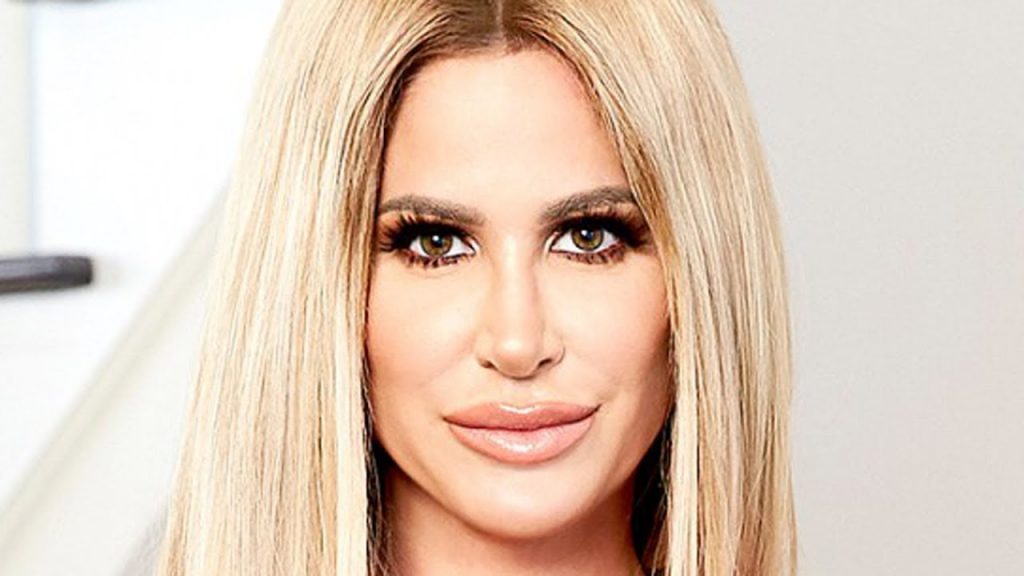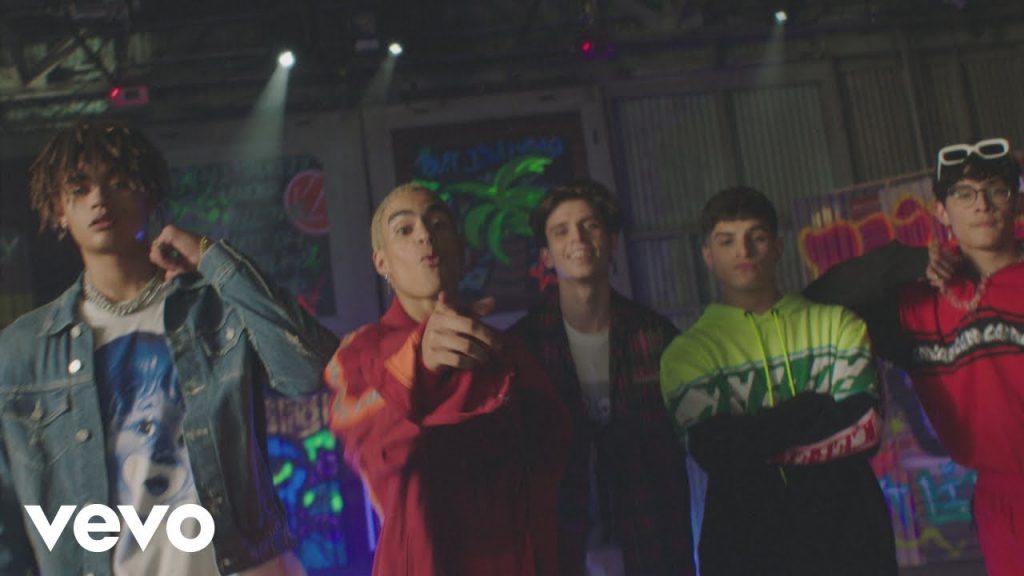What’s With The Racist Names Of So Many American Places? | Patriot Act with Hasan Minhaj | Netflix

As of 2015, there were at least 1,441 federally recognized places in the United States with racial slurs in their names.
Hasan takes a look at some of these streams, rivers, mountains, and other landmarks and discusses the process for changing their names to something less racist. Hasan then travels to a location in New York City with an offensive name and tries to change it once and for all.
What kind of impact can these offensive names have on individuals who live in these places?
In recent years, the topic of racism and its systemic prevalence in American society has been brought to the forefront of public discourse. From police brutality to workplace discrimination, the issue of racism is deeply ingrained in the fabric of the country. One aspect that has received less attention, however, is the prevalence of racist names of many American places. Recently, comedian Hasan Minhaj brought attention to this issue in his Netflix show, “Patriot Act,” prompting a closer examination of the history and implications of these names.
The United States has a long history of naming places after people, events, and even natural features. For instance, many places are named after historical figures, like George Washington or Thomas Jefferson. Others are named after natural features, like mountains or rivers. However, throughout history, some places have been named after derogatory and racist slurs, perpetuating a culture of prejudice and discrimination.
Names like Nigger Head Mountain, Squaw Tit, and Negro Creek are just a few examples of the offensive names that have persisted throughout the country. These names serve as constant reminders of the nation’s deep, entrenched history of racism and injustice. They are a reflection of a time when bigotry was considered acceptable, and people were not held accountable for their actions or language.
Moreover, these names are also hurtful and harmful to the people who live in these places. Imagine being a young Black, Indigenous, or person of color growing up in a place like Nigger Head Mountain. Such a name can be traumatic, and it defies the notion of America as a place where equality and opportunity reign supreme.
The persistence of such names is a reflection of the entrenched systemic racism in America. The names were adopted during a time when the country was largely segregated and racist, and they have persisted despite the progress that has been made in the fight for civil rights. The fact that so many of these names still exist is a painful reminder that systemic racism is still alive and well in America.
The issue of racist place names has been a topic of discussion for years, yet little progress has been made to change them. Some communities have rightfully taken it upon themselves to change the names, such as using the traditional Indigenous names instead of offensive ones, but it is not enough to combat systemic racism. The federal government plays a significant role in the naming of public spaces, and a small step would be to hold the authorities accountable and take necessary steps towards eliminating offensive and derogatory names from the maps.
In conclusion, blatant racism is not just restricted to the heinous acts of individuals but goes so far as to exist in our institutions and in the very names of our towns and landmarks. We must recognize the fact that changing these names will not erase the dark history or trauma. Keeping such disgraceful names only adds fuel to the systemic racism that has been ignored for too long. By confronting and addressing the issue of racist names, America could take a step toward acknowledging its past and build a collective future for all its citizens.









Stars Who Permanently Left The U.S.
Going to the WORST REVIEWED Amusement Park in my City! **bad idea**
Celeb Kids Who Disgraced Their Parents
10 Magic Products Magicians Don’t Want You To See!
Actors Who Made People Cry On Set